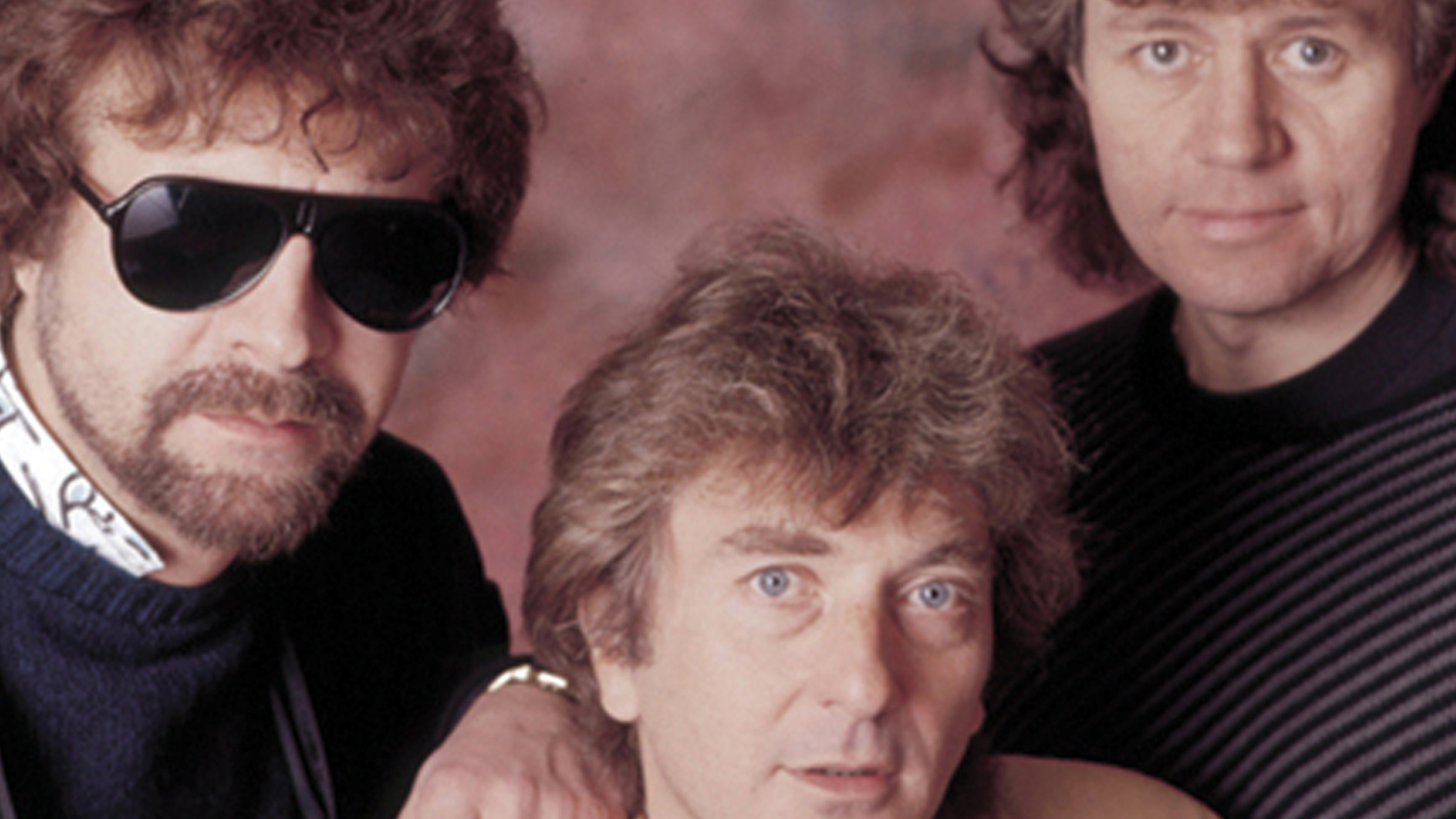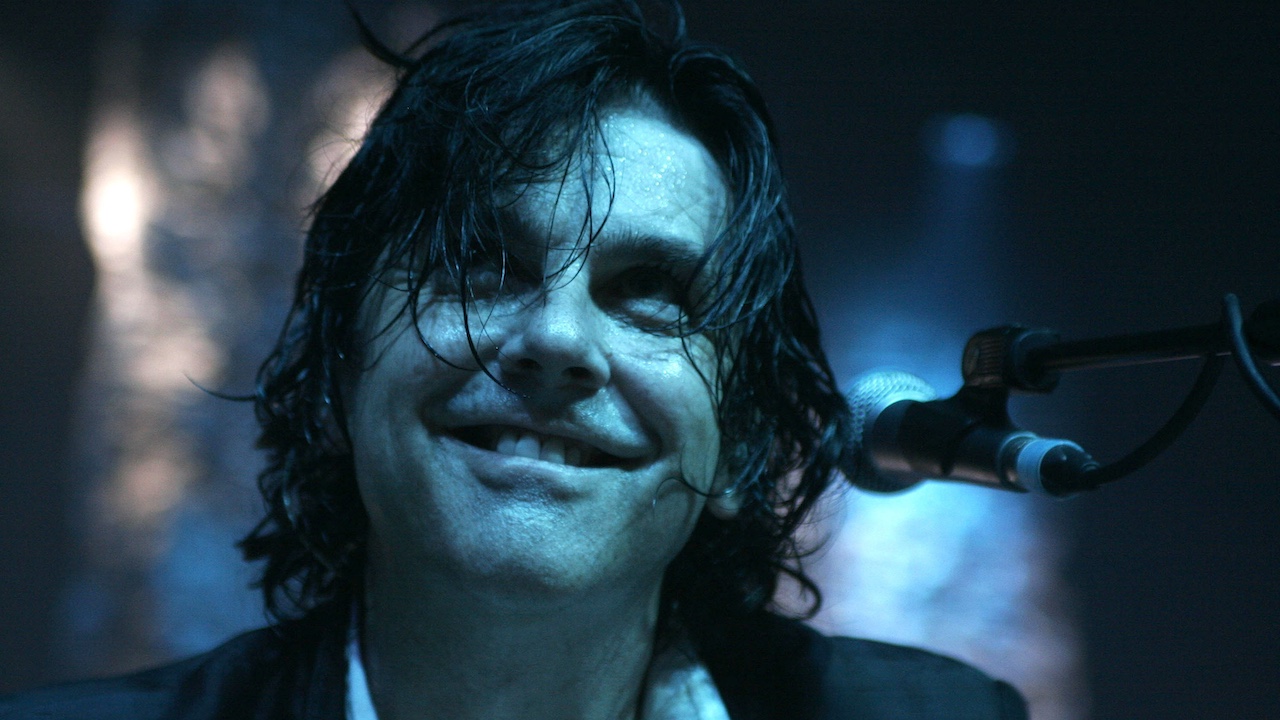“The unions stopped playing however far through the song you were. So I got fed up with using strings and I was really glad when the synths came in”: How Jeff Lynne steered ELO through the 80s and beyond
After a decade of massive success, the bandleader faced an ever-increasing rate of change – but an exciting range of new challenges too

When Jeff Lynne reactivated the Electric Light Orchestra brand to release Alone In The Universe in 2015, it had been 14 years since the previous ELO outing. In 2016 – three years before From Out Of Nowhere became their final album to date – Prog looked at how things had changed for the band since the 70s.
If Jeff Lynne’s Electric Light Orchestra bestrode the 70s like a colossus, then the 1980s and beyond would prove a far different prospect for the band.
In stylistic terms, 70s prog really only had punk and new wave as antagonists to contend with – 1979’s Discovery was the band’s first No.1 album in the UK, and their biggest selling album to date. The 80s, however, was a decade beset with constant stylistic shifts; and the perpetual hunt for a new marketable angle was hardly conducive to a musician of Lynn’s pedigree.
Discovery was the first ELO album not to feature cellists Hugh McDowell and Melvyn Gale, or violinist Mik Kaminski, although all three were on the ensuing tour. When the band released their first record of the new decade, Time, in 1981, the line-up was settled as the quartet of Lynne, Bev Bevan, Richard Tandy and Kelly Groucutt. But many things that had set ELO up as one of the most spectacularly popular bands of the 70s were about to change.
“I’d got fed up with strings by then,” says Lynne. “In those days the unions used to be so mean and strict – they would stop playing as soon as the clock got to the 12. They’d put the gear away, however far through the song you were, which I thought was a rotten trick. Because you wouldn’t do that to anybody. Bloody minded, I’d call it. So I got fed up with using strings and was really glad when the synths came in.”
Time was the proggiest album they had done in years: a science fiction-orientated concept album, whose bombastic opening couplet of Prologue and Twilight would later be sampled by Cher. The record topped the UK charts – the band’s second and last UK No.1 – and boasted five singles including Hold On Tight, Ticket To The Moon and The Way Life’s Meant To Be.
ELO hit the road, bringing Kaminski back and bolstering their sound with Louis Clark and Dave Morgan on synths. It would be their last tour for over 30 years. “We toured America and England,” Lynne recalls. “We had the record for Wembley Stadium, until Dire Straits broke it!”
Sign up below to get the latest from Prog, plus exclusive special offers, direct to your inbox!
Secret Messages followed in 1983. Originally, plans for a double album were deemed over-enthusiastic by their record label, and by the time the new LP was released, Groucutt had left the band and Bev Bevan was drumming for Black Sabbath, so no tour was undertaken. Despite Secret Messages – the title harked back to the backwards masking on Face The Music – reaching No.4, and spawning a reasonable hit in Rock’n’Roll Is King, to many observers the wind had been knocked out of the band’s sails. Bevan toured with the new Ian Gillan-fronted Sabbath, while Lynne and Tandy worked on tracks for the Electric Dreams soundtrack.
Paul McCartney comes in and says, ‘Well done Jeff – you’ve done it.’ That was a pretty big thing
It was something of a surprise when ELO returned with Balance Of Power in 1986. Recorded as a trio of Lynne, Tandy and Bevan, it was more of a contractual obligation – but still featured some fine examples of Lynne’s songcraft in the lead single Calling America, plus So Serious and Getting To The Point. They played a handful of live shows, one featuring George Harrison as guest guitarist. By 1988, when Bevan approached Lynne about reforming the band, he found the old leader, uninterested, announcing that ELO were over.
Lynne released his first solo album, Armchair Theatre, in 1990, and was making a name for himself as a producer of note. He worked with Harrison on 1987’s Cloud Nine (he’d join the ex-Beatle alongside Bob Dylan, Tom Petty and Roy Orbison in the Traveling Wilburys), Petty’s Full Moon Fever (1989) and Paul McCartney’s excellent Flaming Pie (1997). In between, Lynne also got to work with the remaining Beatles on the songs Free As A Bird and Real Love for 1994’s Anthology project.
“I was half frightened to death and half thrilled to bits,” he says. “I had a couple of sleepless nights, thinking, ‘How the hell am I going to get this little voice of John’s – on cassette, in mono, with a piano – into a bloody Beatles track?’ Paul McCartney comes in and gives me a great big hug and says, ‘Well done Jeff – you’ve done it.’ That was a pretty big thing. You never lose that respect.”
In the interim period, Bevan hooked back up with Groucutt, Kaminski and Hugh McDowell for ELO Part II. The band released the Electric Light Orchestra Part Two album in 1991, and toured with The Moscow Symphony Orchestra. 1994’s Moment Of Truth was less impressive and by 2000, all remaining ELO members had left.
Then, in 2001, Lynne released Zoom under the ELO banner, with a band that only featured Tandy of old, alongside Lynne’s then-girlfriend Rosie Vela on backing vocals, with guest appearances from Harrison and Ringo Starr. The album was not a success and a subsequent US tour was cancelled.
And that, for many, was the last they thought they’d see of ELO. A band who rose from psychedelia, arrived on the coat-tails of progressive music, and took that sound to the masses with their finely-tuned, prog-friendly pop songs on a maxim of no rules, no fear, no limits… and then some!
Writer and broadcaster Jerry Ewing is the Editor of Prog Magazine which he founded for Future Publishing in 2009. He grew up in Sydney and began his writing career in London for Metal Forces magazine in 1989. He has since written for Metal Hammer, Maxim, Vox, Stuff and Bizarre magazines, among others. He created and edited Classic Rock Magazine for Dennis Publishing in 1998 and is the author of a variety of books on both music and sport, including Wonderous Stories; A Journey Through The Landscape Of Progressive Rock.



